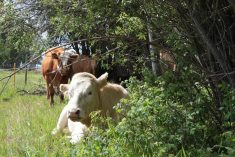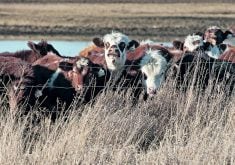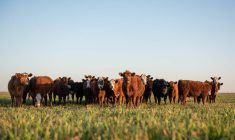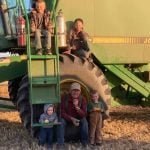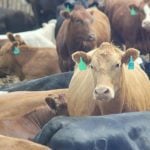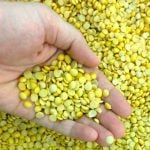Wildfires have exceeded all records in the 2023 season. Both British Columbia and Alberta are expected to see more than two million hectares destroyed.
There has been steady growth in the number and size of wildfires since the 1980s. Drought, global warming and storms are generally the culprits and there has been plenty of smoke this summer.
The weather people talk about air quality for humans but what about the health of our production animals? I will try to extrapolate from a study conducted in Idaho about the effect of fires and smoke on dairy cattle production.
Read Also
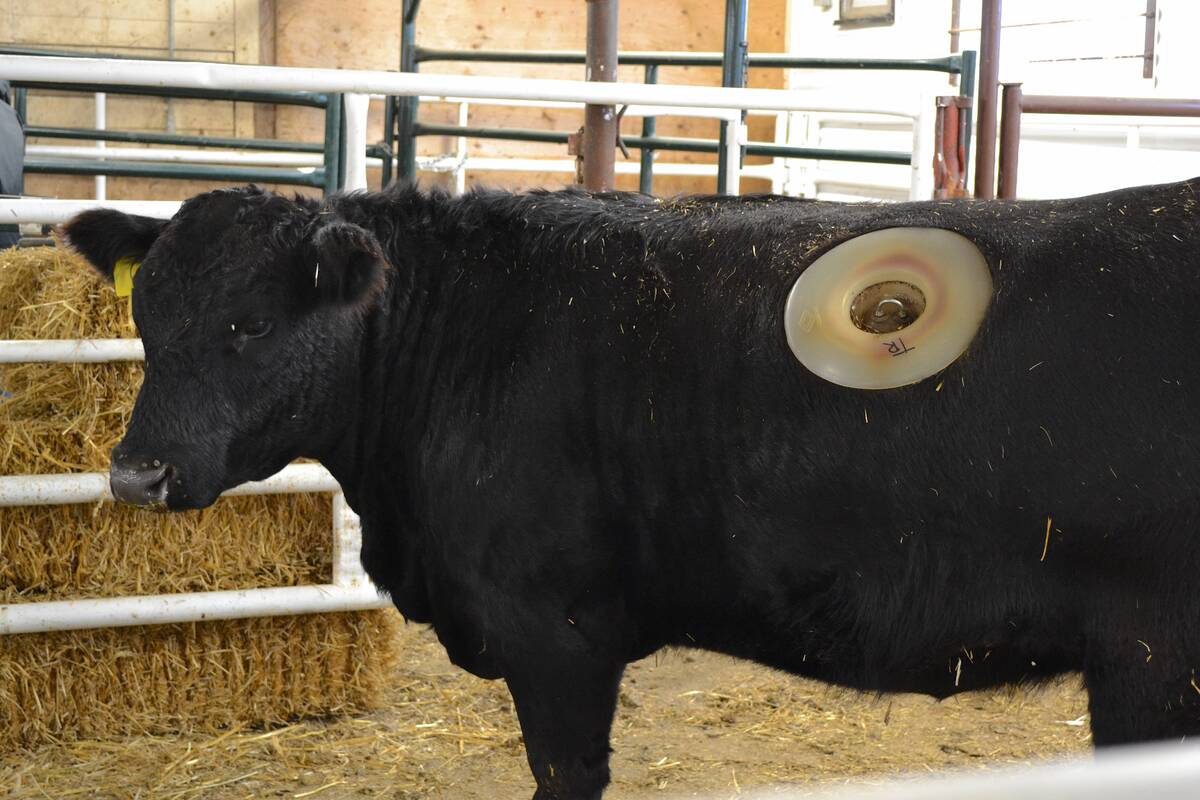
Lakeland College studying livestock wellness through cannulated heifers
Lakeland College’s Applied Research Team is working with six cannulated heifers on a handful of research projects.
In that study, animal science researchers saw milk production decrease, which lingered after the smoke was gone. I believe this also offers insights on what may be happening to beef cattle under similar conditions.
There is no doubt smoke is affecting them but to what degree and what can we expect in the future? We can all see local weather station readings, and with air quality being part of those measurements, we can compare the degree of particulate matter week to week and make some assumptions about health changes and growth changes in our cattle.
Depending on the length of exposure to poor quality air, the degree of particulate matter in the air gives an idea of the effect. There are ramifications if mature cattle are exposed to high smoke levels during calving, milking and rebreeding. Younger cattle are always at risk of pneumonia or other diseases with stress.
In some fire and smoke situations, we may be able to move cattle but in most cases, there is no option. If differences in potential growth or reproductive rates and chronic infection can be somewhat quantified, we may know what to watch for. Then if there is compensation or insurance, you have talking points. These events need to be quantified in the same way as flooding, tornados and other natural disasters.
Immediate death or destruction can be measured but the long-term exposure and production losses shown in the Idaho study were enlightening.
We all know smoke affects the respiratory system and, depending on the type of fire, there are often toxins emitted that affect breathing. Particulate matter in the fire is often also measured. Fine particulate matter (PM 2.5) is the stuff that gets breathed in and essentially clogs up the lungs, sets up inflammation, and does lots of the long-term damage.
Researchers found that about 35 micrograms of PM 2.5 was the level considered too high and for every 100 micrograms of increase, there was a 1.2 kilogram decrease in milk production.
They found other changes, such as reduction in blood hemoglobin and an increase in inflammatory indicators. The bottom line is that the cattle’s immune systems were affected and milk production declined.
This information comes from dairy cows housed inside for seven days with high levels of smoke in the area. Researchers found it took about a week for the cows to recover milk production after the smoke had decreased to acceptable levels.
What can we expect to happen in our beef cattle? They are living outside and the degree of air quality and length of time exposed will all take a toll.
Milk production will likely drop and be less available to the calf. Cattle with low lung capacity will have greater chance of respiratory disease. Calf growth will be affected as the animals deal with smoke and less milk production from their mothers.
In herds exposed to wildfire smoke over extended periods, I worry that fertility rates could be lower. We may see permanent lung damage in some animals, leading to long term production issues.
We all know a treated calf that recovers from pneumonia often has permanent lung damage, so lifetime productivity goes down.
This smoke is beyond our control and I know it seems like common sense, but beware of having extra pneumonias to treat and realize that reproduction may suffer. If this does occur, be sure to document it.
I often wonder if the effects we see in our production animals are the same for wildlife, in addition to habitat loss. Worries about methane production from cattle that leads to global warming must pale in comparison to millions of hectares of forest burned every year in North America.




